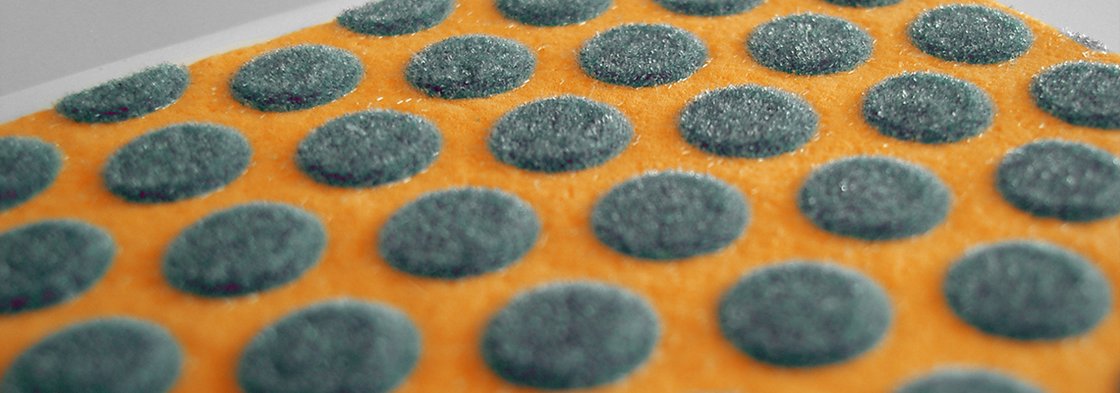
This is flock
We encounter flock very often in everyday life and wherever flock is used, the velvety surface convinces with its positive properties.
Although electrostatic flocking is often associated with textiles in everyday life, basically all materials can be flocked that have a certain inherent strength and on which an adhesive can find sufficient adhesion.
Flocked surfaces can also be subsequently refined, for example by printing, embossing and much more. The possibilities to give an object a new, additional property through flocking are versatile.
In electrostatic flocking, fibres cut to the same length are applied vertically to a surface with adhesive using the electric field. Typical materials for flock are polyamide, viscose and polyester. The parallel alignment of the fibres on the flocked product results in a velvet-like impression, both visually and haptically.
